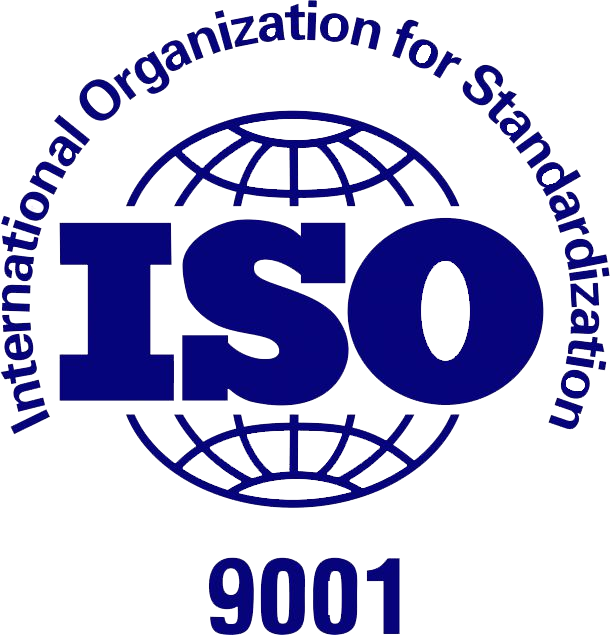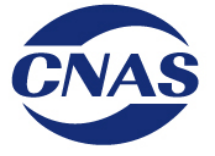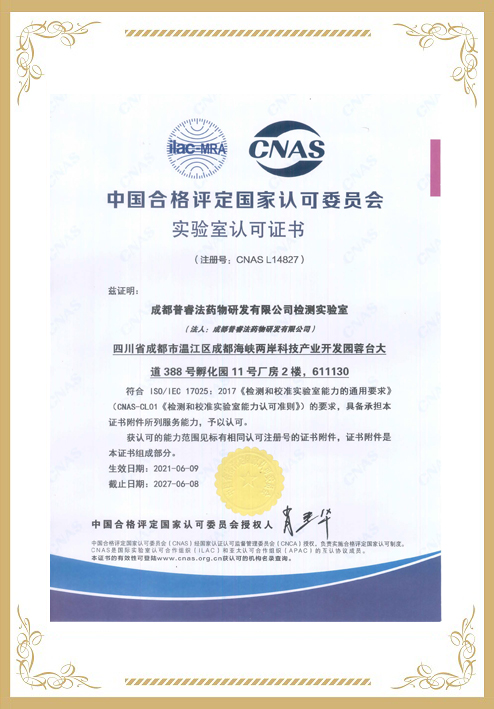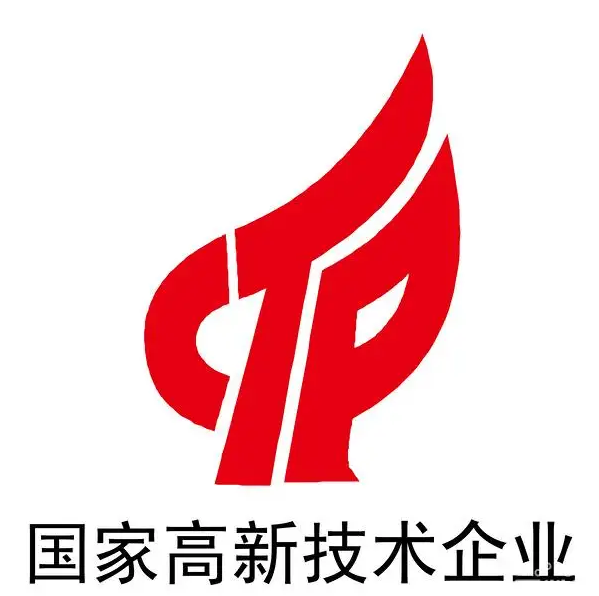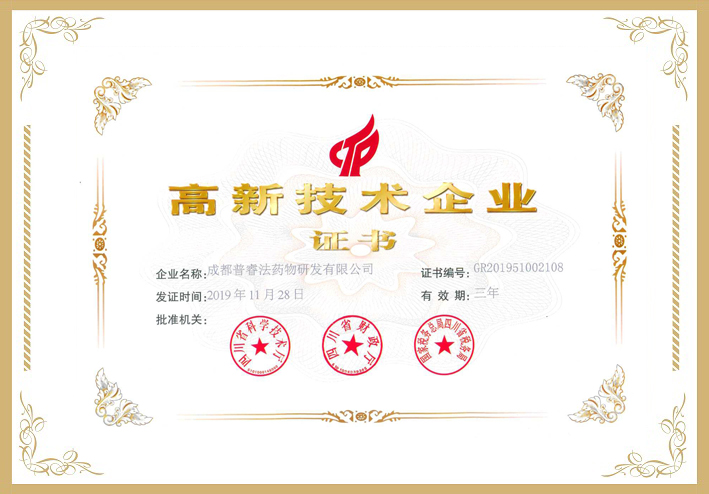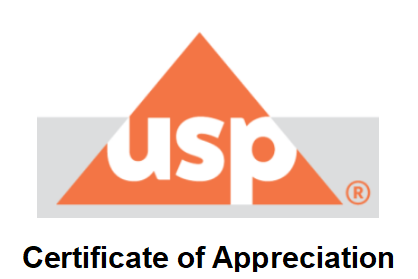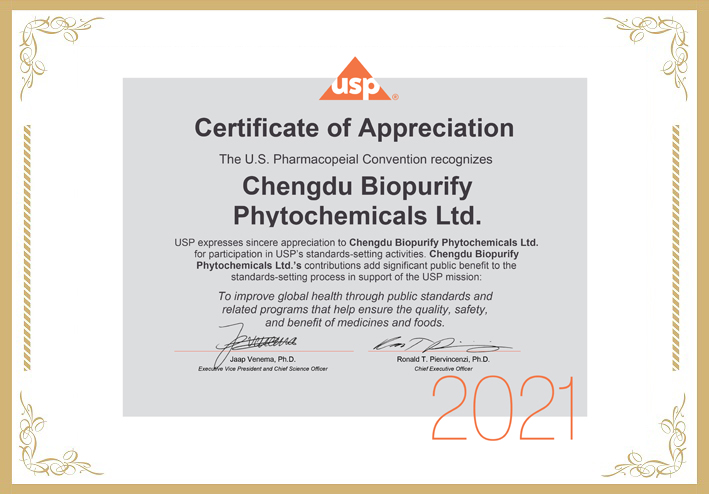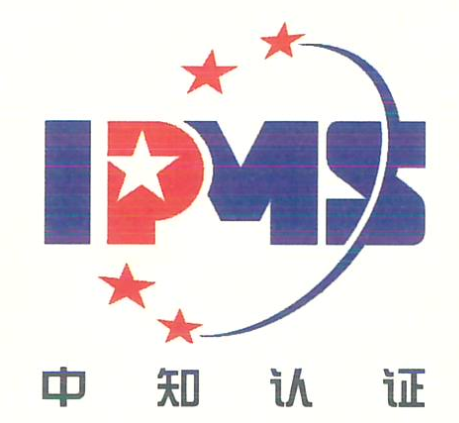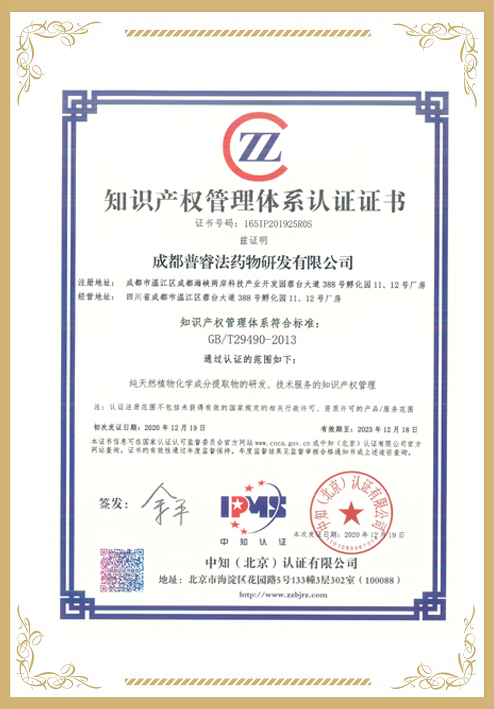Transcatheter valve replacement has emerged as the optimal treatment for elderly patients at high risk, offering the benefits of minimally invasive surgery and expedited postoperative recovery. Despite these advantages, current transcatheter heart valves (THVs), predominantly composed of glutaraldehyde-crosslinked pericardial materials, are prone to thrombosis and calcification, and their durability is compromised by the stresses encountered during catheter delivery. Herein, we have developed an innovative transcatheter tissue-engineered heart valve using a dual crosslinking approach with decellularized porcine pericardium (DPP) treated with cystamine (CySA) and pentagalloylglucose (PGG), termed CySA/PGG-PP. This novel composite fiber network, reinforced by both covalent and non-covalent bonds, demonstrated superior mechanical properties, robust resistance to enzymatic degradation, and enduring crimping integrity. The unique capacity of CySA to facilitate endogenous nitric oxide (NO) production endowed CySA/PGG-PP with a sustained NO release system. This system effectively inhibited platelet adhesion and activation, thereby enhancing hemocompatibility. Proteomics analysis suggested that these improvements may be linked to modulation of the arachidonic acid metabolism and the cGMP-PKG signaling pathway. In vivo studies in a rat abdominal aortic implantation model demonstrated significant recellularization and tissue remodeling with CySA/PGG-PP, accompanied by a mild inflammatory response and no calcification. RNA sequencing data indicated that these positive outcomes might be modulated by the TGF-β signaling pathway, specifically through Smad6 and Bmp6. In summary, our instructive transcatheter tissue-engineered heart valves, featuring a dual crosslinking strategy and a sustained NO release system, aim to transcend the limitations of current THVs and significantly enhance valve longevity and clinical efficacy.














